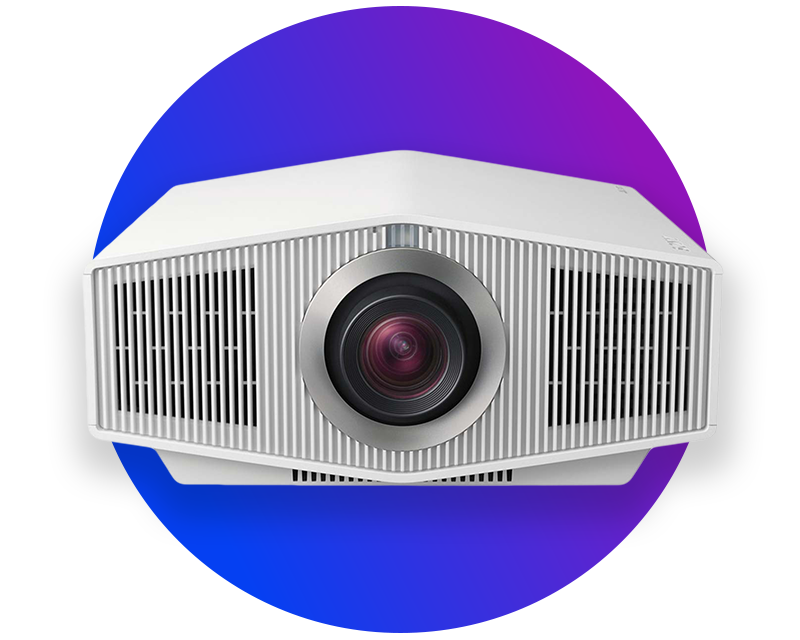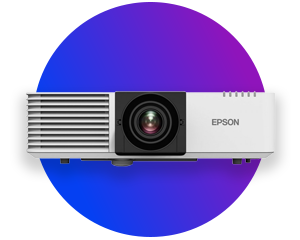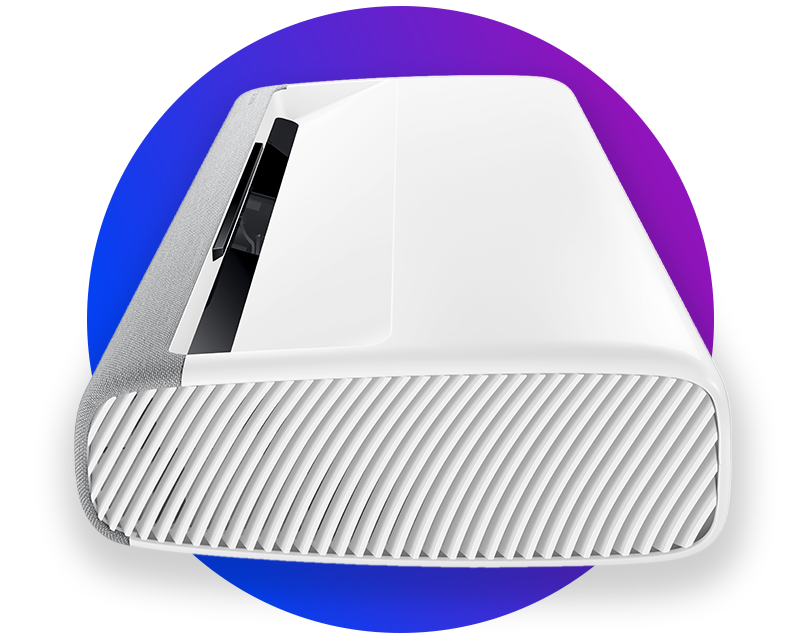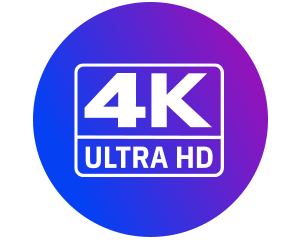Laser projectors
Laser projectors impress with their longevity and reliability thanks to laser diode technology. Unlike conventional lamp projectors, laser projectors generate light using laser diodes. This very bright and high-contrast light provides impressive image quality for use in many areas, including home cinema, corporate presentations, educational institutions, events and more. Their versatility and high image quality make them a popular choice.
312 Products
Sort by:
Page
Page

























































































































































































































